Voter Ignorance:The Enemy Within
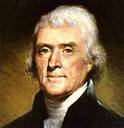
Thomas Jefferson warned that an uninformed electorate would destroy the freedoms of a republic: "If a nation expects to be ignorant and free, ...it expects what never was and never will be." His words are a chilling reminder that the United States of America, the noblest experiment in bottom to top governance ever attempted by civilized men, will be forever threatened from within. The republic will survive attacks by Al-Quaeda. It will revive a gasping economy and it will stave off China and its other creditors when they move to collect our national debt from future generations. But as a representative democracy, it will never survive an ignorant and uninformed electorate.
The World Public Opinion Organization, a project managed by the Program of International Policy Attitudes at the University of Maryland, surveyed American voters following the mid-term elections in November, 2010. The recently published results will make Mr. Jefferson spin in his crypt. The data expose startling gaps between voters' perceptions about the major issues and the opinions of key professionals who are insulated from partisan influences. The report indicates how shamefully misinformed the American electorate was when making their 2010 Election Day decisions. If ignorance is bliss, then most American voters are living in a state of political nirvana.
This study was designed to focus on four key areas:
- Perceptions of Misleading and False Information
- Evidence of Misinformation Among Voters
- Variations in Misinformation By Voting Behavior
- Variations in Misinformation By Exposure to News Sources.
Perceptions and Evidence of Misleading and False Information
Among both Republicans and Democrats, 91% of the voters polled said they frequently came across information they thought was misleading or false and more than half of them also felt it happened more frequently that usual. Even with this high level of suspicion, there was significant evidence that voters were still grossly misinformed about many of the major concerns that they claimed where important to them when making their ballot choices. Their concerns included the effects of the stimulus legislation, healthcare reform initiatives, TARP, the economy, global warming, campaign contributions, and even President Obama's birthplace. Furthermore, the electorate had perceptions about the prevailing consensus among economists and scientists that were, in a large number of cases, quite different then what these professionals were actually saying.
Variations By Voting Behavior and News Sources
The third major finding revealed there was a significant amount of misinformation shared by voters favoring both parties. Both Democrats and Republicans displayed enormous ignorance across a wide spectrum of campaign issues. In the end, neither group can claim the distinction of being better informed than the other. And finally, this study confirms that false and misleading information is common and widespread from all sources, including statements by candidates, political ads, etc., as was detected by 91% of the voters. In some areas, increased exposure to news sources appears to decrease false notions, however, there is adequate evidence that more exposure to some specific news sources actually increased voter ignorance about certain issues.
Voter Misinformation About the Issues
A large number of participants revealed that they were ill informed about the campaign issues that they identified as important to them when they were making their ballot choices. They had, the data suggest, made many decisions based upon false perceptions and erroneous beliefs.
Stimulus Legislation
Although the Congressional Budget Office (CBO) estimated that stimulus legislation caused an increase of two million to five million full time equivalent jobs by the 3rd quarter of 2010, voters failed to get the news. Seventy-five percent of a Wall Street Journal panel of economists said in March 2010 that the legislation had a positive effect on growth. Yet, only 11% of the voters polled believed the stimulus package resulted in millions of jobs and only 8% thought that professional economist had this same opinion. Remarkably, 1 out of 4 believed it had caused the loss of jobs. Even more surprising, those who had not completed high school were three times more likely to know the truth than those with more educaion.
Health Care Reform vs. The Deficit
One again, a significant slice of those questioned failed to know the facts. In March 2010, the CBO concluded that the Patient Protection and Affordable Care Act, known worldwide as Obamacare, would reduce the national deficit through 2019 by $124 billion (excluding the effect of the education provisions). Looking beyond 2019, the reduction would be about 0.5% GDP. Furthermore, the Boards of Trustees of the Medicare trust funds stated that "The financial status of the HI (Hospital Insurance) trust fund is substantially improved by the lower expenditures and additional tax revenues instituted by the Affordable Care Act. These changes are estimated to postpone the exhaustion of HI trust fund assets from 2017 under the prior law to 2029 under current law..."
In stark contrast with these informed projections, a staggering 82% of voters believed economists thought the legislation would increase the deficit (53%) or believed economist were evenly divided on the issue (29%). When asked for their own opinion, 3 out of 4 participants (75%) were convinced this healthcare reform law was going to add to the deficit during the next ten years.
The State of the Economy
In September 2010, the US Bureau of Economic Analysis (USBEA) reported an economic trough in June of 2009 that the Business Cycle Dating Committee noted as significant although not a sign that the economy had returned to normal. Rather, the NY Times quoted on September 20, 2010, the committee determined only that the recession ended and a recovery began in that month. About a month later the USBEA revised its estimate of growth for the 3rd quarter of 2010 from 2.0% to 2.5%. Around the same time, the bureau released its estimate that overall personal income would be 0.5% greater in October and they reported wage and salary disbursements in October had grown over 400% compared to the previous month. By election day, 2010, it was clear to the professionals that the US economy had begun to improve.
But it seems that too few in the government and in the media were trumpeting the good news. A majority of 55% who had voted in November thought the economy was still getting worse! Although those with income over $100,000 were slightly better informed about the direction of the economy, 43% in this group still believed that the economy was still sliding. Amazingly, those with less than a high school education achieve the unique status of being the only group in which most or nearly most (46% -51%), had the correct notion that the economy was getting better.
The Government Bailout of GM and Chrysler
Whether the GM and Chrysler bailouts occurred under the administration of President Bush, President Obama, or both was another area about which the voters were immensely mistaken on Election Day 2010. The Bush Administration made the first decision to rescue GM and Chrysler when it reversed its previous position to exclude automakers from TARP assistance. The first allocation of $17.4 billion under Bush was followed by another $63 billion under Obama. The government had made it clear that all of this monetary assistance was considered loans and not gifts.
But the responses gathered by the survey reveal that 69% believed only one president was responsible with most (53%) thinking it was Obama and the rest (16%) thinking it was Bush. Less than one third of the voters (28%) knew the fact that both administrations participated in the bailouts.
Income Taxes
Considering how Americans are always complaining about taxes, few noticed the $116 billion in tax cuts for individuals bundled in the stimulus legislation enacted in February 2009. It is a fact that more then 30% of the benefits provided by the American Recovery and Reinvestment Act took the form of payroll tax credits for people earning less than $75,000. As a result, 97% of American households saved an average of $1,179 in taxes during 2009. Yet, nearly the entire voting public failed to realize that they were taking home more money each week. About 86% believed that taxes had increased in 2009 (38%) or had remained the same (48%). There is, however, one curious insight. Once again, approximately half of those earning less than $25,000 believed correctly that tax cuts were included in the legislation.
Ignorance Favors Neither Party
The third major group of findings from this study provides evidence that the widespread confusion about the issues is having an extraordinary impact on the American ideological landscape. The numbers expose the reality that the poorly informed electorate is shifting the fulcrum of the nation's power structure based upon perceptions, knowledge of current events, and an assortment of other beliefs that are mostly distorted or untrue. Sadly, when these false perceptions are analyzed along party lines, it becomes obvious that this is a national malady infecting supporters of both political parties .
Agreement On the Major Issues
Each respondent was identified with one of the two major parties and asked to rate the issues that were important in deciding how they voted. It is interesting that voters of both parties agreed on the five most significant issues affecting their voting decisions, although Republicans rated them as slightly more important than did Democrats:
- The state of the economy.
- The size of the budget deficit.
- The healthcare reform act passed by Congress.
- The unemployment rate.
- The package of congressional legislation known as the stimulus bill.
Both Parties Misinformed About Some Issues
An astounding number within both voting blocks agreed about three issues and, at the same time, were terribly misinformed about the true realities. A sizable majority of each group (95% Republican and 77% Democratic) held the erroneous belief that the stimulus legislation created few jobs or caused job losses. Also, a disturbing margin within each party (92% Republican and 82% Democratic) thought that their taxes had not gone down during the Obama administration when, in fact, they had. And to a lesser degree, more than half of the voters polled in each party (71% Republican, 68% Democratic) were wrong in thinking the bailout of GM and Chrysler did not occur under both Presidents Bush and Obama.
Most Republicans Wrong On Some Issues
In five other areas, a majority of Republicans displayed a distorted sense of reality where most of the Democrats got it right. Nearly three-quarters of the voting Republicans (73% vs. 31% Democrats) wrongly thought that professional economist had concluded the health care bill would increase the deficit. Similarly, 72% of those voting Republican and 36% voting Democratic falsely believed the American economy was still in decline. And contrary to what was really happening in the country, most Republicans did not know that the stimulus legislation included tax cuts, that most scientists agree climate change is occurring, nor that Obama was born in the United States. The data ranged from 67% to 62% of the Republicans compared with 42%, 26% and 17% respectfully for Democrats,
Most Democrats Wrong On Other Issues
Some of the Democratic electorate also held warped perceptions about what had been happening in the nation. By margins of 57% and 9%, more Democrats than Republicans held the notion that it was proven that the US Chamber of Commerce supported Republican candidates using money raised from foreign sources. A majority of Democratic voters (56%) were not aware that Democrats were mostly in favor of the TARP legislation while only 14% of Republicans thought the same way. Finally, more than half of the Democratic voting block was unaware that President Obama had increased troop levels in Afghanistan, while 39% of Republicans were likewise misinformed.
The Sources Of Misinformation
False and misleading information appears to be ccoming from all sources just as the majority of voters suggested. The data support the obvious, i.e. misunderstandings about the facts occurred less often among those who used a greater number of different news sources. However, there were indications that voters with higher levels of exposure to some news sources were more misinformed about some issues. The survey was designed to correlate levels of misinformation with six news sources:
- Newspapers and newsmagazine (both print and online)
- Network TV news broadcasts
- Public broadcasting outlets (NPR or PBS)
- Fox News Network
- MSNBC Network
- CNN Network.
A substantial amount of misinformation was common in participants having a daily exposure to any of the news sources, even to those sources determined to have the lowest levels. Therefore, daily inputs from the same source(s) didn't seem to improve the accuracy of voters' perceptions. It is most interesting to observe the number of cases in which greater exposure to one source of news increased the level of misinformation on certain issues.
The Most Ill Informed Watched Fox News Network Daily
Viewers of Fox News were the most ill informed about most of the major issues. In particular, those who watched Fox News almost daily were significantly more likely than those who never watched it to believe that:
- most economists estimate the stimulus caused job losses (12 points more likely)
- most economists have estimated the health care law will worsen the deficit (31 points)
- the economy is getting worse (26 points)
- most scientists do not agree that climate change is occurring (30 points)
- the stimulus legislation did not include any tax cuts (14 points)
- their own income taxes have gone up (14 points)
- the auto bailout only occurred under Obama (13 points)
- when TARP came up for a vote most Republicans opposed it (12 points)
- and that it is not clear that Obama was born in the United States (31 points)
The data reveal that increasing the level of exposure to Fox News increased the level of misinformation among the participants. The results also suggest, however, that political bias is not the only explanation since Democratic respondents seemed to be as likely as Republicans to display this tendency, albeit to a lesser degree.
Other Poor Sources
Those having daily input from MSNBC and public broadcasters like NPR and PBS were more prone to believe it was proven that the US Chamber of Commerce gave money from foreign sources to Republican candidates. Also, the survey determined that daily watchers of network TV news were more likely to think President Obama enacted TARP, and to a similar degree, more likely to believe most Republicans opposed TARP.
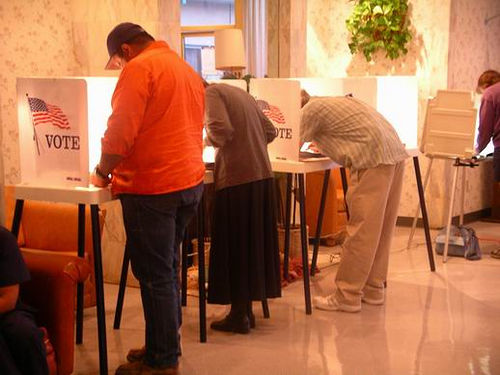
Can America Survive With An Ignorant Electorate?
The survival of a representative democracy depends on citizens who are well informed, alert, and dedicated to preserving the republic; an electorate willing to place what is "best for us" ahead of what is "best for me." Alarming signs are everywhere. Lanquid voters, living in the "information age", are drowning in a surge of falsehoods and half-truths designed to confuse and mislead. America is suffering from a blight of ignorance that has infected a large segment of the voting public. An electorate that can identify the critical national issues is unable to accurately gage the impact these issues are having on society. Political leaders are unwilling to articulate their goals and achievements in fear of alienating factions within their constituencies. Popular news sources are spreading huge volumes of distortions and misinformation to meet the demand of a market that rewards quantity over quality. Voters are not harvesting their facts from many sources. A multitasking society is willing to trade patience and tolerance for expediency. Yes, the future of this country is in the hands of America's voters. But are they be able to meet the challenge?



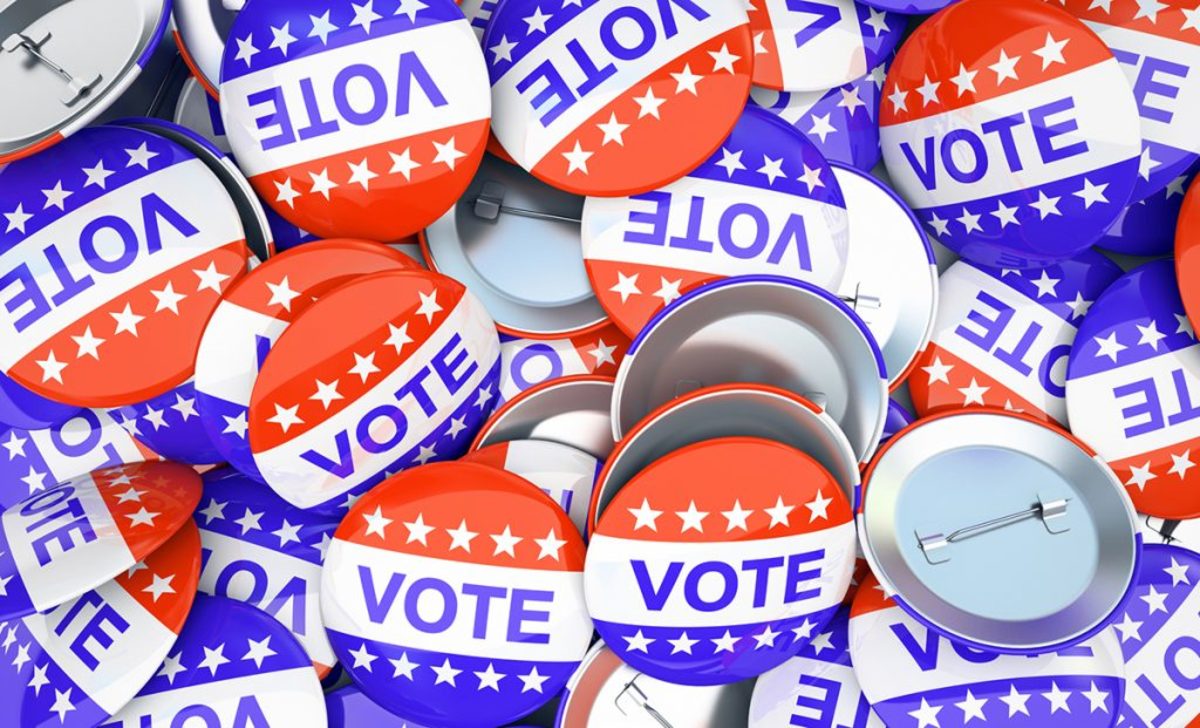
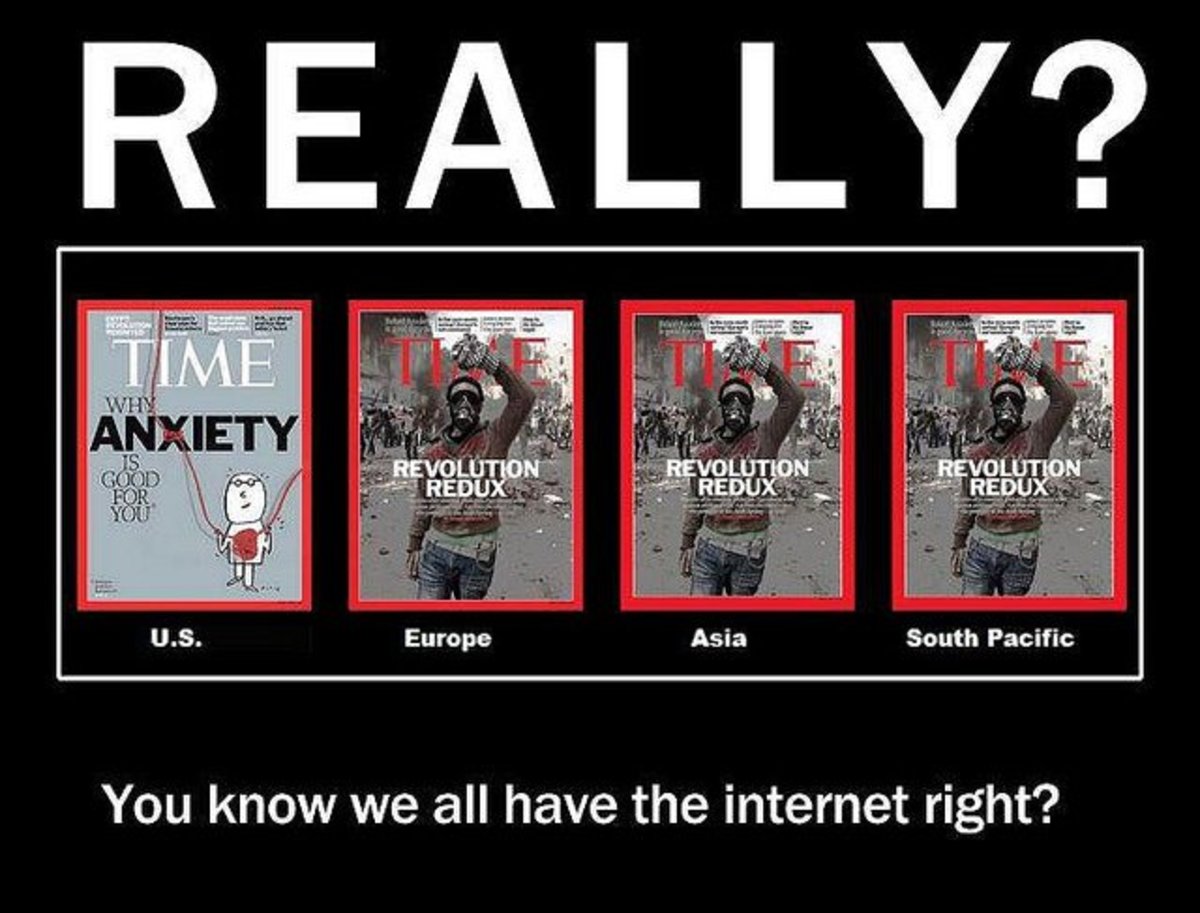

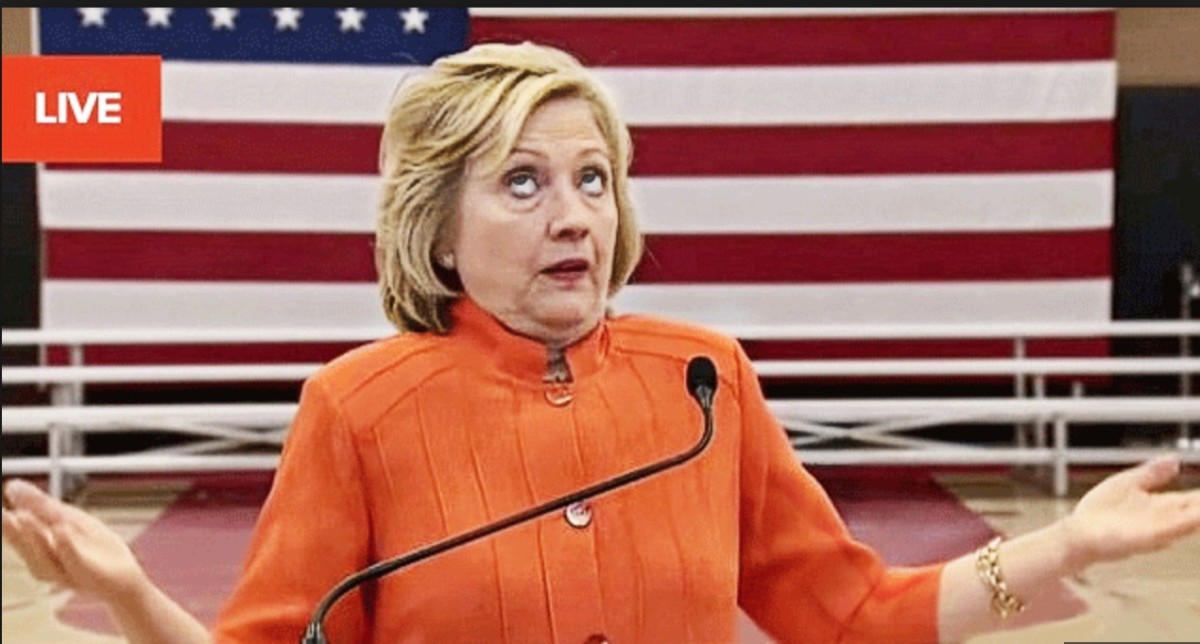
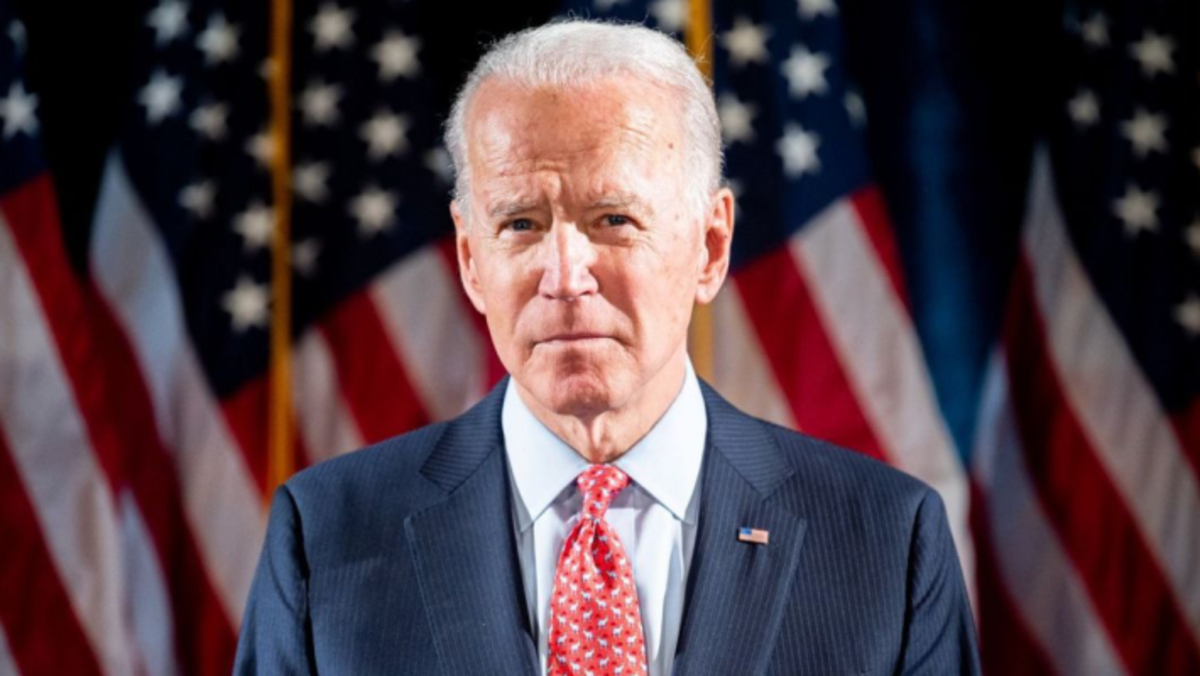
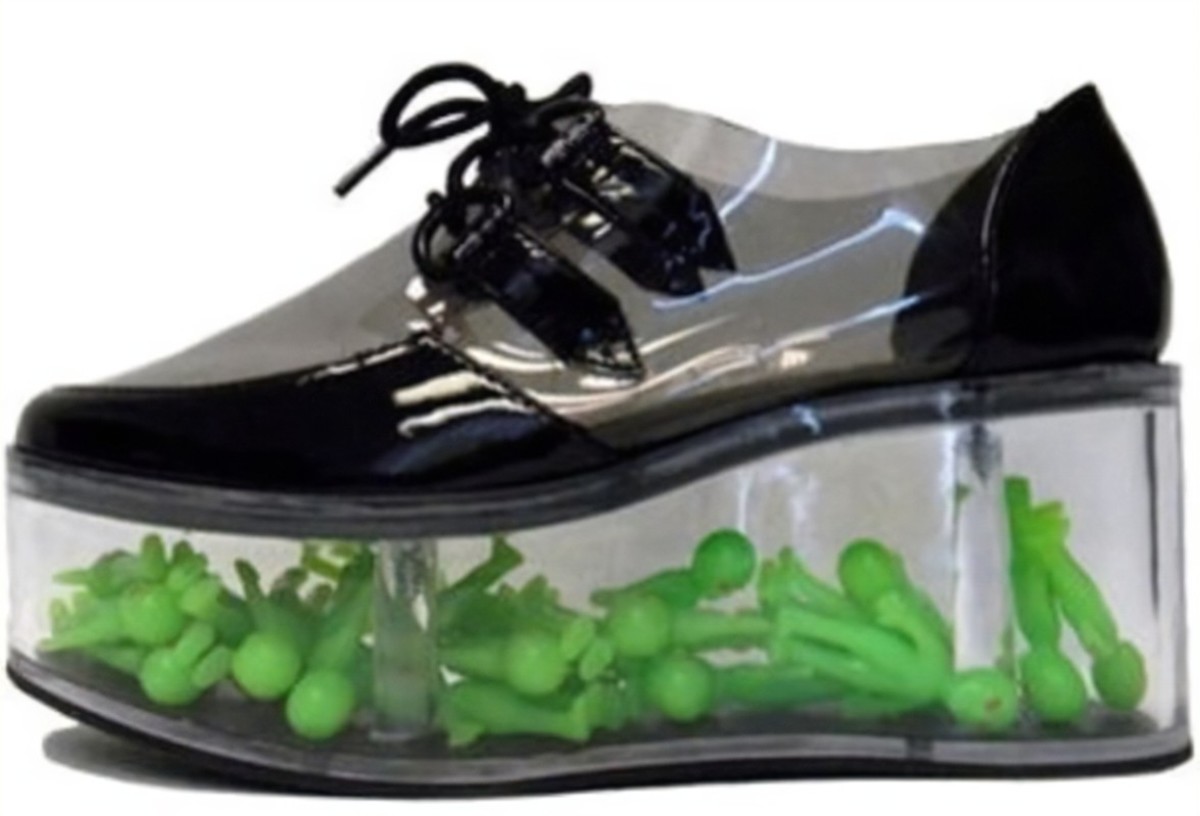
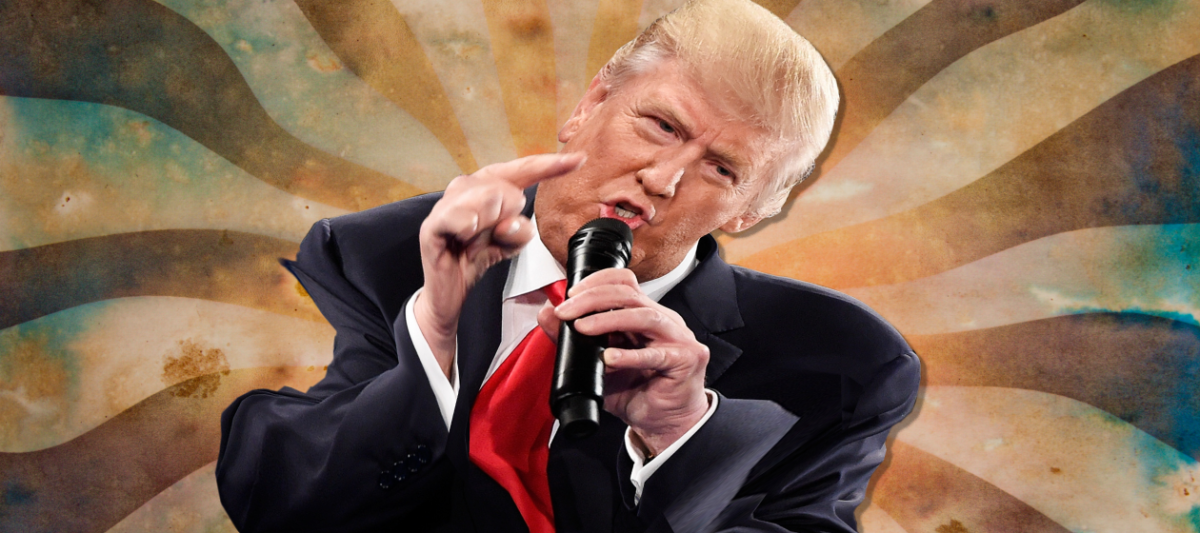
![American Politics: The BIG LIE in Politics, From The Republican Presidential Convention [124] American Politics: The BIG LIE in Politics, From The Republican Presidential Convention [124]](https://images.saymedia-content.com/.image/t_share/MTc2NDYyMjI1MzEyNjU1MzIy/the-big-lie-in-politics-from-the-conservative-side.jpg)